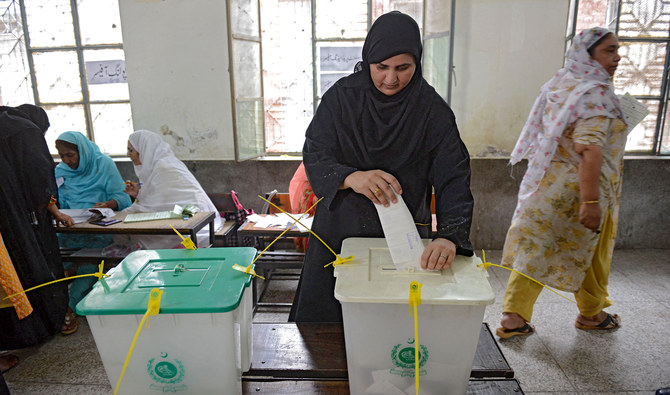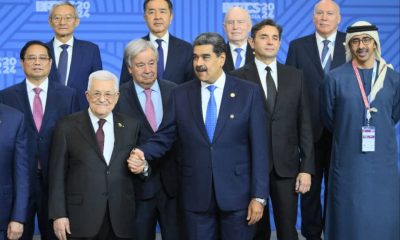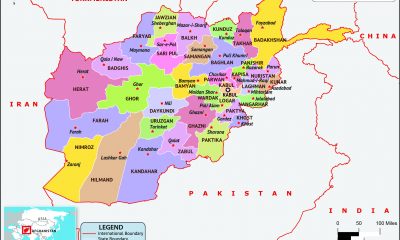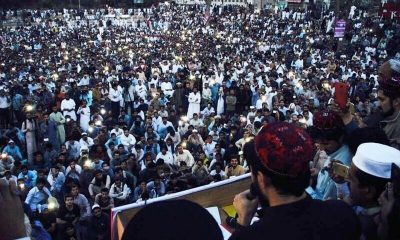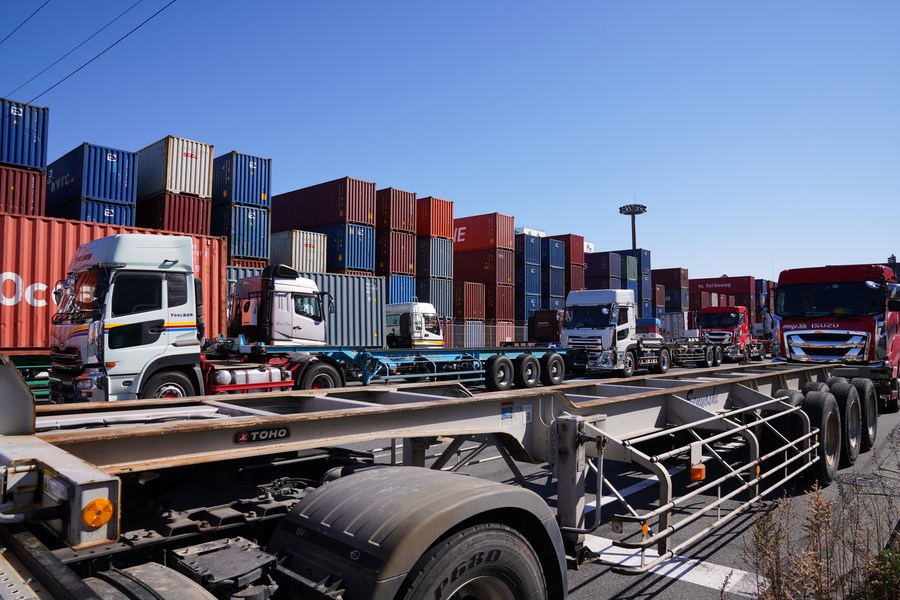Pakistan’s surprising election results have pushed the political parties into coalition talks but at the same time the people who voted in large numbers, have continued to protest for five consecutive days over alleged vote-rigging in the 8 February parliamentary elections.
Former Prime Minister Imran Khan’s party, Pakistan Tehreek-e-Insaf (PTI, and the Jamaat-e-Islami party had called on their supporters to take to the streets and rally outside the election commission office.
Thousands of supporters of Imran Khan, who is in jail over fraud allegations, and other political parties have blocked key highways in the southwestern province of Balochistan to protest the alleged rigging, but the Pakistani election authorities rejected allegations pertaining to rigging during the elections.
Intendent candidates backed by Khan were able to secure 93 out of 265 seats contested in the National Assembly, or lower house of parliament. It has been reported that Khan’s candidates had secured more seats compared to other political parties who hatched conspiracy and ousted him from power nearly two years ago.
Pakistan election body rejected vote-rigging in general elections
The Election Commission of Pakistan (ECP) has strongly refuted allegations of vote-rigging during the elections but acknowledged the occurrence of a few irregularities.
The electoral watchdog acknowledged that it does not deny the occurrence of a few irregularities and that relevant forms were available for investigation, ECP said in a statement, adding immediate decisions are being taken on complaints filed.

Supporters of Pakistani former Prime Minister Imran Khan’s party, the Pakistan Tehreek-e-Insaf (PTI), block the Peshawar-Islamabad motorway as part of their protest against the results of the general election, in Peshawar, Pakistan, February 12, 2024. REUTERS
However, the election body said that the electoral process was peacefully organized despite “difficulties and issues” and furthered that conducting the elections smoothly was a “major operation” which was completed successfully.
Commenting on the delay in election results, the ECP said that the suspension of mobile services on February 8 created some hindrances in the sending of electronic data by presiding officers.
“Except for some constituencies, the results of the elections were completed within one-and-a-half days,” the statement said, adding, “the delay in results in some constituencies did not benefit or harm any specific political party.”
Despite 265 seats in the National Assembly, the polling was also held for 590 seats of provincial assemblies.
Caretaker PM says election result delays due to security reason
Pakistan’s caretaker Prime Minister Anwaarul Haq Kakar said that the election result was delayed due to security reasons, adding that the pool was a “level-playing field” for all.
“There were large reports throughout the country that these non-state actors, these terrorists, are planning to come and sabotage the whole process. So, what was the choice with the government to itself from so-called accusations of meddling into the election, or go for the protection of the people. We choose the second,” Kakar added.
He furthered, “level-playing field was of course available as a process to everyone and all the participants. If it was not available then how come you have a largest group in the National Assembly which is being supported by PTI, I mean they’re the single largest group and still we are being accused that we managed the rigging.”
Political parties split on whether to join a coalition government
After Khan’s party had secured more seats in the National Assembly no other choice left for major political parties like the three-time Prime Minister Nawaz Sharif and Foreign Minister Bilawal Bhutto Zardari for a coalition talk.
Though now it is very clear that the Pakistan Muslim League (N) would dominate the coalition government in center, some of its top figures are reluctant to give much more share to the Pakistan People’s Party. Imran Khan’s Pakistan Tehreek Insaf affiliated independents are in majority but they are scattered and some of them, mostly from Punjab are joining PML(N).
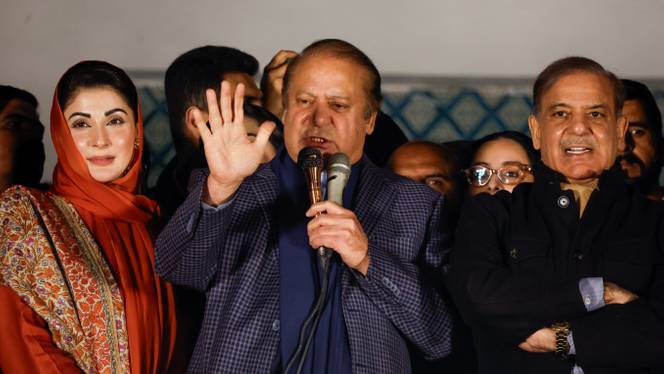
The PML-N party of former PM Nawaz Sharif says it continues to negotiate with the PPP to clinch a partnership. Reuters
So far results of 264 out of 266 National Assembly seats have been declared by the Election Commission of Pakistan. According to these results, the independents over 95pc affiliated with PTI are dominating the list with 92 and they are followed by PML(N) with 79, PPP with 54 and MQM with 17. After notification of reserve seats for women and non-Muslim minorities, the PML(n) like to undue PTI backed independents but it will be hard for it to have its own government in center.
Whatever may be the final figures of the National Assembly, PML(N) has no option other than entering into an agreement with PPP for establishing a coalition government. So far negotiations between the two parties are progressing and likely to ink the agreement in the very near future. According to reports, the PM office is likely to be retained by PML(N) and the President and Speaker offices would go to PPP. It is premature to say but Shahbaz Sharif is acceptable not only to the PPP but also to the powerful military establishment.
Is the coalition government a better option?
Unlike in the past, this time PML(n) vocal against military establishment like Khawaja Saad Rafique, Sheikh Rohail Asghar and others had also failed to make routes to parliament. There are reports that like outgoing caretaker government, ministers, advisors and other nominees for key official posts will be required clearance from state organs.
Like the capital (Islamabad), similar is the situation in Balochistan where no party got a single majority. Both PPP and JUI(F) are in majority with 11 berths each in the house of 51. PML(N) is second with 10 whereas strength of independents is 6. All nationalists both Pushtoons and Baluch, remained with single digits. Situation in Khyber Pakhtunkhwa is favorable for PTI whereas its backed independents got an overwhelming majority. The PTI is in the position of its own government but its leaders are divided regarding future political strategies.
Ironically, despite fueling or strengthening its position in Khyber Pakhtunkhwa, the PTI is now ahead with capable leadership. Almost all its top leaders like ex-speaker Asad Qaisar, former federal and provincial ministers like Ali Muhammad Khan, Sheheryar Afridi, Atif Khan, Ms Shandana Gulzar, Arbab Sher Ali, Ali Asghar Khan and others were elected to National Assembly. Only ex-Federal Minister Ali Amen Gandha Pur elected to both National and Provincial Assemblies and he decided to quit the NA seat and eyeing on the office of Chief Minister but some of his own party fellows like Atif Khan from Mardan are in his opposition.
Like past, 2024 elections will also fail to settle crippling issues in Pakistan
“No doubt to mention that like in the past, 2024 elections also would face failure in settling the issues ahead to the country and its people,” Shamaim Shahid, a Pakistani political expert said.
Speaking to Harici, he said that beside other difficulties, Pakistan is facing hard issues like “economic disorder, bad governance, security, religious extremism and militancy.”
He went on saying that all those who reached into parliament lacked capacities and capabilities in handling these issues. However, there is a possibility if the powerful military establishment gives up its decade’s old behavior of “interference and intervention in politico-administrative affairs of the country.
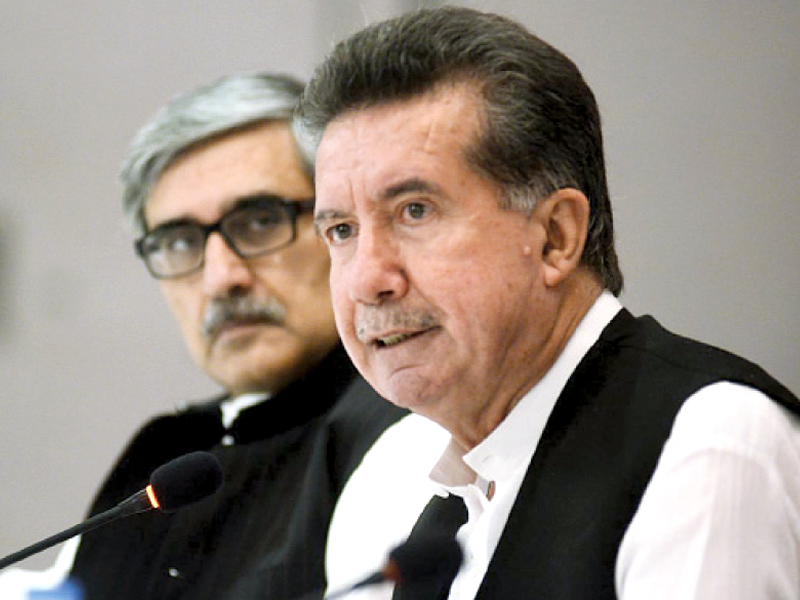
ANP Senator Afrasiab Khattak
As Mr. Shahid hinted at a bad security situation, at least three people were killed and five others wounded when unidentified attackers opened fire on a vehicle in the rally of Pakistan Peoples Party. The incident happened when people on board the vehicle were going to congratulate PPP candidate Ahmed Karim Kundu for his victory in a provincial assembly set in the general elections, according to DAWN.
A police official said that the incident happened in the limits of Hattala police station and said that immediately police reached the spot after receiving information and shifted the dead and injured to hospital.
No free and fair elections in the history of Pakistan
On 8 February, the election day in Pakistan, the process was apparently conducted in a transparent way and no rigging was seen at first place when the people approached polling stations to cast their votes, said a Pakistani veteran politician.
Former Pakistani senator, Afrasib Khattak, said that rigging in the election came after the process of counting votes started and the people staged protests against it.
“People went to vote enthusiastically, but immediately turned to the streets to protest against enormous election rigging being designed by the military establishment,” Khattak, who is also a leader of the National Democratic Movement, told Harici.
He lamented that some Pakistan authorities resorted to violence and some police officials started beating up some protestors and even shooting directly toward them, resulting in casualties.
Regarding vote-rigging, Khan said that the first rigging in the election was when Imran Khan’s political party was barred from election campaign, and second had been carried out on the night of the election day.
“In some states the majority of rigging happened against Khan’s candidates, but most of the political parties have the same complaint that the election was not conducted in a transparent, free and fair way,” he added.
He furthered that violence had erupted in Khyber Pakhtunkhwa, and in Waziristan as well in which an armed attack happened against Mohsin Dawar, the Chairman of the National Democratic Movement in Waziristan. “Three people were killed and Mr. Dawar received injures in the attack.”
Free elections were only conducted in 1970
Khattak furthered that rigging in the election has occurred in such a massive way that no political parties have the capability to do it except the establishment. “Vote-rigging occurred in all states. It is not the case in one or two provinces. And also, to force the officials of the election body to accept the election result could only be the work of the Pakistani military establishment,” he furthered.
“The only one free and fair election in the history of Pakistan was in 1970, in which a politically party with majority of them were Bangali’s, had won the election, but the opposition didn’t accept the result, unleashing deep political crisis that caused separation of Pakistan and formation of Bangladesh as an Independent country,” he added.
Since that, in every election, the military establishment has interfered in the elections.
Khattak furthered that no parties had won the election and now major political parties are considering the formation of coalition government, which he believes is not an easy job.
“Within 21 days after the election, the government must be formed, which means at the first week of March, the government should be announced and before that the political parties should negotiate form a coalition government, and this is a time-consuming process,” he added.
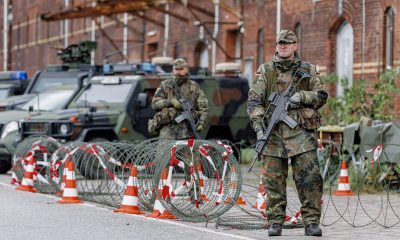
 EUROPE3 days ago
EUROPE3 days ago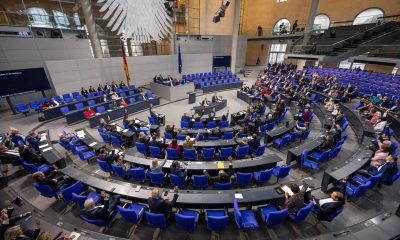
 EUROPE2 weeks ago
EUROPE2 weeks ago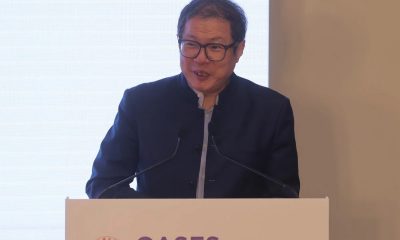
 ASIA2 weeks ago
ASIA2 weeks ago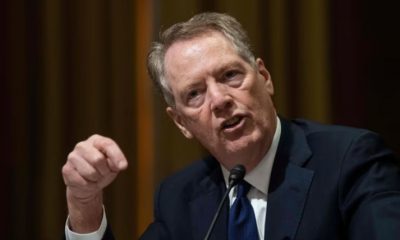
 AMERICA2 weeks ago
AMERICA2 weeks ago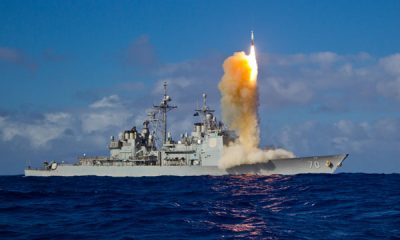
 ASIA2 weeks ago
ASIA2 weeks ago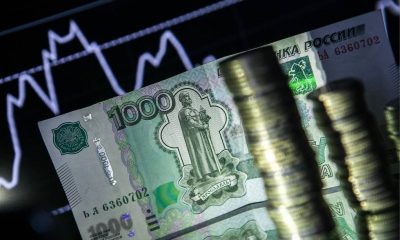
 RUSSIA2 weeks ago
RUSSIA2 weeks ago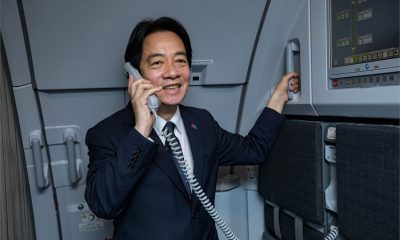
 ASIA2 weeks ago
ASIA2 weeks ago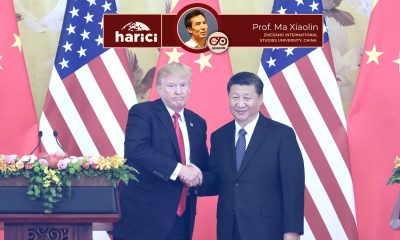
 OPINION2 weeks ago
OPINION2 weeks ago
